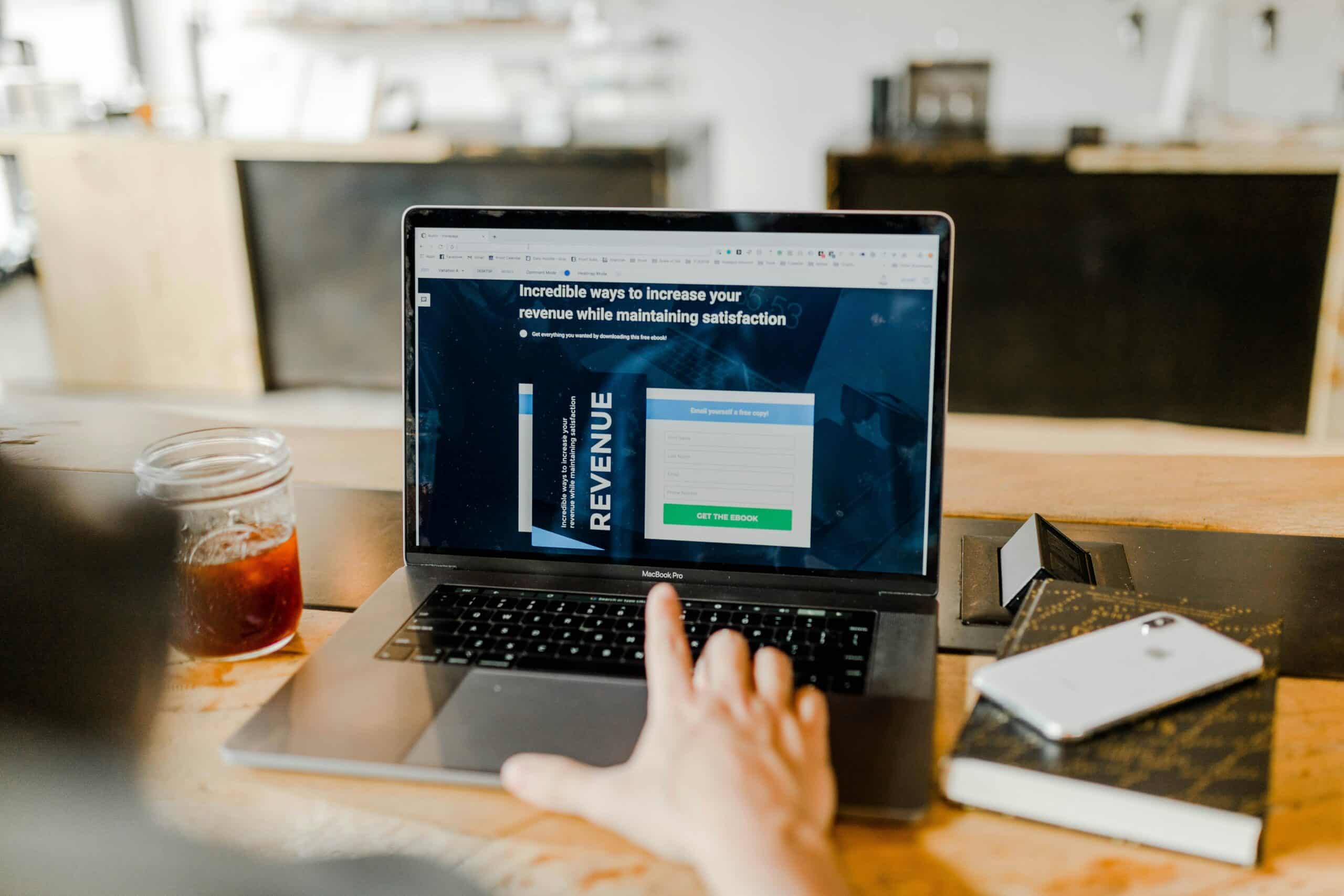Effective Strategies for Commercial Cleaning Services to Enhance Cash Flow Management and Ensure Financial Stability
Improving cash flow is essential for commercial cleaning services to ensure financial stability and foster growth. Managing cash flow effectively involves monitoring inflows and outflows to maintain liquidity and meet financial obligations promptly. Below are several actionable strategies to enhance cash flow for your cleaning business:
1. Improve Receivables
- Invoice Promptly:
- Send invoices immediately after services are completed to reduce payment delays. Using an automated invoicing system can help expedite this process and get payments faster.
- Shorten Payment Terms:
- Encourage clients to pay sooner by offering early payment discounts, such as a 2% discount for payments made within 10 days.
- Implement Electronic Payments:
- Accept electronic payments like credit cards or ACH transfers to accelerate the payment process and reduce the time between invoicing and receiving cash.
- Regular Follow-ups:
- Set up a routine to follow up on overdue invoices. Regular reminders can prompt clients to clear outstanding balances faster.
Related Article: Get our cleaning service budget template
2. Manage Payables
- Negotiate Terms with Suppliers:
- Extend payment terms with suppliers to align your cash outflows with inflows, providing you with a buffer to manage expenses more efficiently.
- Schedule Payments Strategically:
- Pay bills on the last possible day without incurring late fees, keeping cash in your account longer to improve liquidity.
3. Control Operating Costs
- Optimize Labor Costs:
- Use part-time or contract workers during peak periods to avoid overstaffing during slow times. Efficient labor management reduces unnecessary cash outflows.
- Invest in Efficient Equipment:
- Upgrade to energy-efficient and time-saving cleaning equipment, which can cut labor hours and utility costs.
- Monitor Supplies:
- Control inventory to prevent overstocking and wastage. An inventory management system can help maintain optimal stock levels.
4. Enhance Cash Inflows
- Diversify Services:
- Offer additional services such as carpet cleaning, window washing, or specialty floor care to boost revenue and cash flow.
- Expand Client Base:
- Focus marketing efforts on attracting new clients and those requiring more frequent or higher-value services.
- Regular Pricing Reviews:
- Ensure your pricing covers costs and maintains profitability. Consider implementing small, regular price increases to sustain growth.
Related Article: Is a Cleaning Business Profitable?
5. Efficient Inventory Management
- Just-in-Time Inventory:
- Order supplies only when necessary rather than holding large stocks. This frees up cash for other uses.
- Supplier Discounts:
- Take advantage of bulk purchasing discounts while ensuring you do not overcommit cash. Balance cost savings with effective cash flow management.
By applying these strategies, commercial cleaning services can improve their cash flow, ensuring their financial health and supporting long-term growth.
Key Strategies to Improve Your Cleaning Business Cash Flow
1. Improve Receivables
Send invoices promptly, offer early payment discounts, and follow up on overdue payments regularly to speed up cash inflows.
2. Manage Payables
Negotiate better payment terms with suppliers and strategically schedule payments to maintain liquidity.
3. Control Operating Costs
Optimize labor costs, invest in efficient equipment, and manage inventory to reduce unnecessary expenses.
4. Enhance Cash Inflows
Diversify your services, expand your client base, and regularly review pricing to improve revenue streams.
5. Efficient Inventory Management
Implement just-in-time inventory to free up cash and take advantage of bulk purchasing discounts.
6. Financial Management
Regularly analyze cash flow, build emergency reserves, and budget accurately to ensure long-term financial stability.
6. Effective Financial Management
Budgeting and Forecasting:
- Regularly update budgets and forecasts to predict cash flow shortages and surpluses.
- Proactively plan ahead to avoid unexpected financial surprises.
Emergency Fund:
- Maintain a cash reserve to cover unexpected expenses or slow periods.
- Ensure your business can meet obligations, even during challenging times.
Regular Cash Flow Analysis:
- Continuously monitor and analyze cash flow to identify trends and areas for improvement.
- Utilize financial tools and software to track and manage cash flow effectively.
For more on financial strategies, explore How to Secure 10 Lucrative Commercial Cleaning Contracts.
7. Investing and Financing
Smart Investments:
- Invest in new equipment or technology only if it improves efficiency and profitability.
- Prioritize investments that offer quick returns in the short to medium term.
Lease vs. Buy Decisions:
- Evaluate whether leasing equipment is more beneficial than buying.
- Leasing can help preserve cash flow by spreading out payments over time.
8. Innovative Billing Strategy Example
- Initial Clean Tactic:
- Offer the initial clean at no additional charge when starting a new cleaning account.
- Require the monthly recurring invoice to be paid right away, typically by the 5th of the month.
- This approach improves cash flow by getting ahead on invoicing while creating a positive impression with new clients, fostering long-term relationships.
By applying these strategies, commercial cleaning services can significantly improve cash flow. This helps ensure the business remains solvent, can meet financial obligations, and is positioned for growth. Regular monitoring and adjustments based on cash flow analysis will help maintain financial health, enabling strategic investments and sustained profitability.
For more insights, check out Is a Cleaning Business Good Investment?

